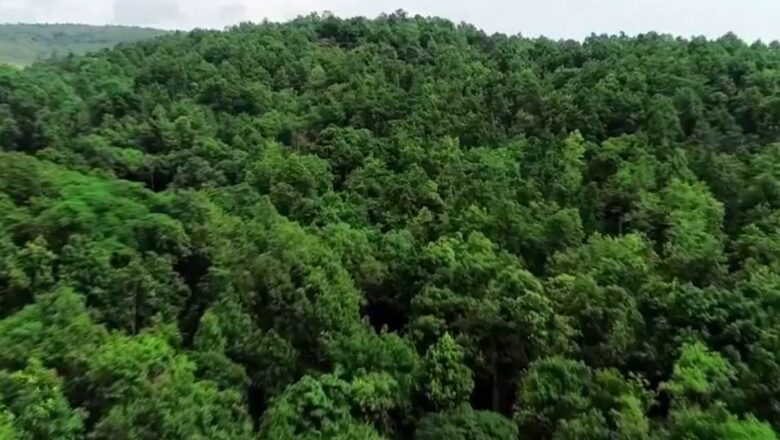
views
Off late, we have all noticed the havoc a single shower can bring in cities. The rural part of the country isn’t left behind. From landslides, and floods followed by famine in a short span of time, the whole climatic pattern seems troubled to a very large extent. For instance, Agumbe in the Shivamogga district of Karnataka received the highest rainfall in the state for as long as it is documented. But this crown is now with other places – because it is changing frequently. The latest data points toward Puradalu village in the Udupi district to have received the highest rainfall in 24 hours duration (215.5 mm between May 19-20).
Why has the rain changed its pattern? Global warming, deforestation, excessive cultivation, and ecological imbalance are the larger pictures that the world is aware of. But to be precise on the rationale, it is the change in the pattern of trees that is misguiding the rains, noted scientists of the Indian Institute of Science (IISc), Bengaluru.
Prof T V Ramachandra and his team have studied the western ghats of the country that are spread across Kerala, Karnataka, Goa and Maharashtra and found substantial data to back the conclusion. They have published papers on these facts. Here are excerpts from his words and the published data:
What do you mean by change in the pattern of trees?
The Western Ghats, the example here is filled with native evergreen trees. With an increasing area of cultivation, the green cover though looks preserved, isn’t the same. The evergreen trees are now replaced by silver, acacia, rubber, and coconut trees in a vast area. The soil quality and the biodiversity is gone for a toss because of this.
Just imagine having a row of acacia trees which have lesser leaves compared to the native jackfruit tree.
Everything from soil strength to the size of the canopy, the sunlight penetration to pollination is disturbed to the core. And these are in extremely large numbers giving a blow to the whole system.
How much of the original forest are we losing?
We now have only 10 per cent of forest coverage. With the rate of depletion of green cover going so strong and fast, it will surely be 5 per cent in the next 10 years. All these numbers are extremely less than the national average which says 18 per cent as the healthy forest coverage for a population to thrive.
What is the direct impact of the change in tree pattern?
Landslides. That’s what is happening in Kodagu of Karnataka, and several places in Kerala and Maharashtra as well. It is the same everywhere. When you take out the native plantation, you should replace it with the native ones. Instead, when you bring a foreign plant (not of that region) it wouldn’t serve the actual purpose. The whole ecological structure of the new plants will be different. They would basically be invaders. There is already a difference in temperature (0 to 5 degrees) that we can see now. The soil percolation has also dropped by 40-50 per cent.
What are the other major factors disturbed?
Pollinators. When there is a forest, the pollinators will be abundant. They will strive for a large variety. So, if there is a farm near the forest, the yield will definitely be higher than the ones that are afar. A farmer whose farm is closer to a forest earns around Rs 1.54 lakh per annum. Whereas the farmer whose land is far from the biodiverse pool of forest may earn as less as Rs 32,000 per annum. This is the average number and varies from crop to crop. But the difference is almost the same. If taking paddy as an example, farms closer to forest yield 12 to 14 quintals of grain per acre whereas the ones afar yield as less as 6 to 8 quintals only.
How are the tree pattern affecting water?
The surface and groundwater, both are affected. The overall water retention is disturbed. The streams inside the forests where native trees dominate flow all through the year. But if you see a disturbed forest pattern, the streams there flow for only four months a year – only around rains. The land becomes barren when the supply of water is disrupted. This directly affects the fertility of the soil which in turn pushes the boundaries of the barren land further.
All these factors and much more have affected the rain pattern in a very damaging way. It doesn’t rain when one wants to sow but rains during harvest season, which is a disaster on both occasions. The greed that consumed the green is bearing the brunt quite directly. Not just increasing the number of trees, the responsibility is also about preserving the nativity of the forest.
Read all the Latest India News here




















Comments
0 comment